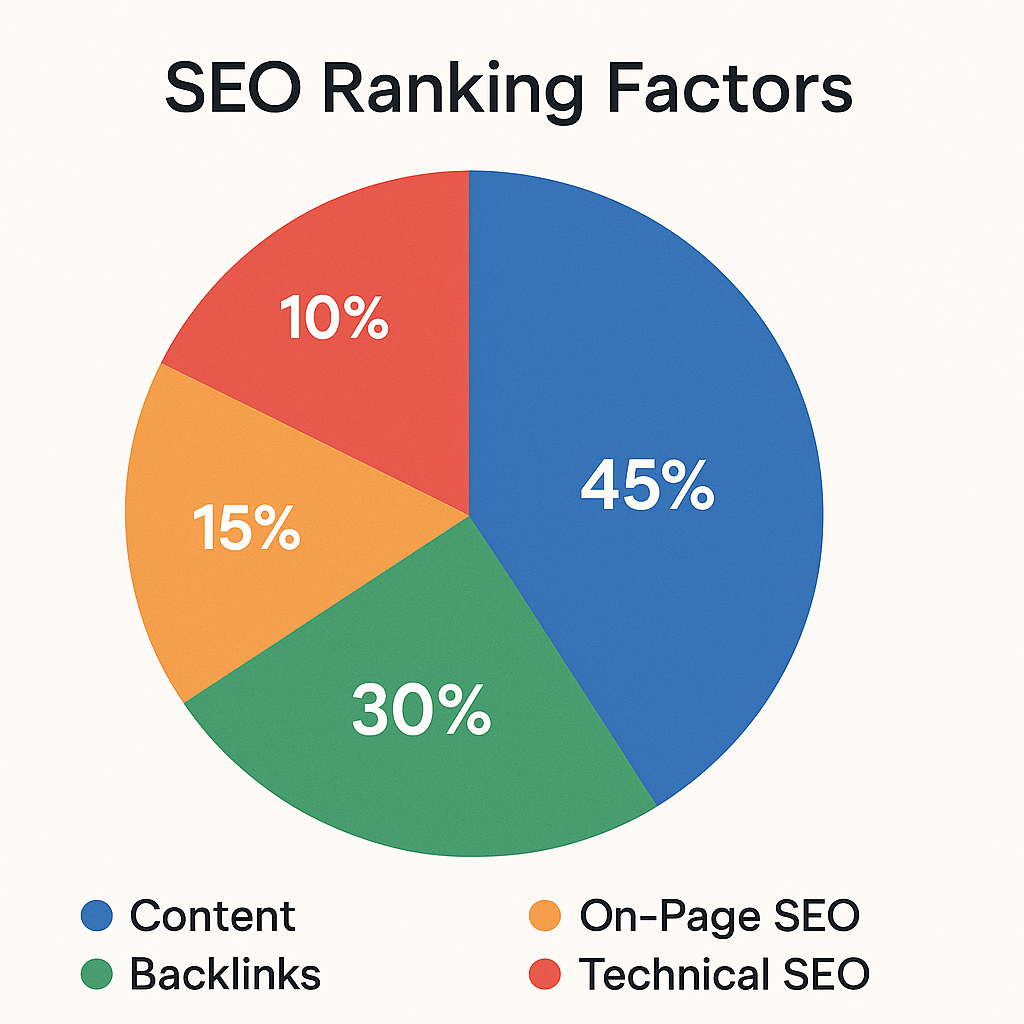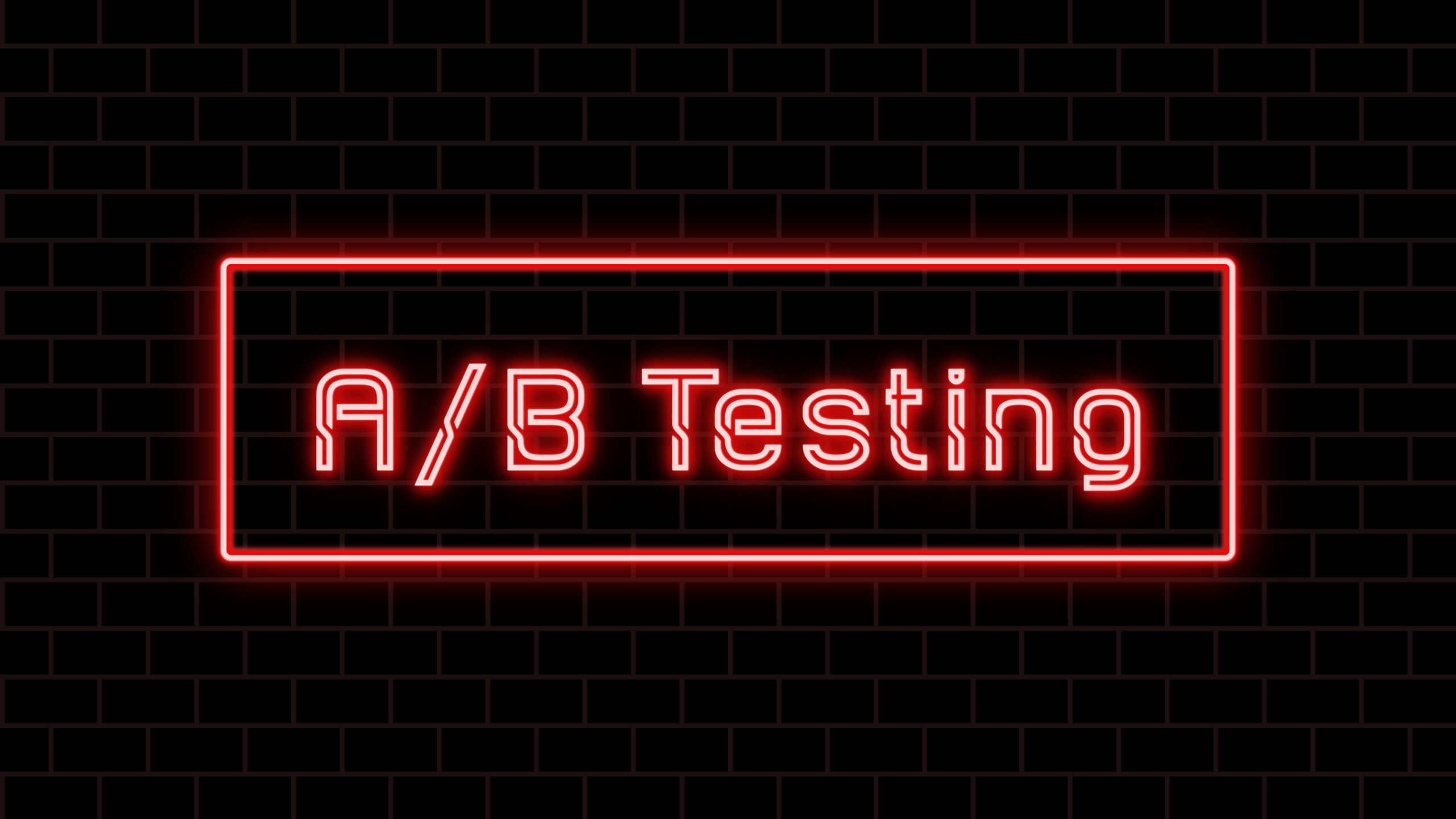
How Long Should Meta Descriptions Be
How Long Should Meta Descriptions Be
When you run a search on Google, those short summaries that appear under each result can sway your decision to click — or keep scrolling. These are meta descriptions, and they’re the kind of unsung hero in digital marketing that quietly shapes user journeys and site visibility. In 2025, getting the length right is as important as ever, as search engines and user habits continue to shift.
Striking the balance with meta descriptions can mean the difference between higher click-through rates and invisibility. Too short, and you miss the chance to persuade; too long, and your message gets truncated, cutting off vital information mid-sentence. So, how much is just enough?
Why Meta Descriptions Still Matter
Meta descriptions act as a store window for your webpage. They don’t directly move the SEO needle in a mechanical sense; Google reps have said as much. Where they shine is in influencing whether searchers stop and read, or pass by for a competitor’s offering.
They provide an opportunity to:
- Highlight core offerings or value.
- Differentiate your brand from similar results.
- Sprinkle in keywords naturally and contextually, which can be bolded by the search engine if they match the query.
- Set expectations and reduce bounce rates.
In 2025, algorithms are scanning for relevance and user intent, but users are the ones making the final call with every click.

Changing Guidelines: A Moving Target
Google, Bing, DuckDuckGo — each may show your meta description slightly differently, trimming or even rewriting them based on the query. The character limits have seen quiet adjustments over the years.
Once upon a time, 160 characters was the gold standard. Then, for a period, Google expanded result snippets, displaying up to 320 characters before reverting to shorter ones. These days, change is constant, with the snippet length sometimes fluctuating even within a single day or between device types.
Desktop and Mobile: A Quick Comparison
| Device | Typical Display Limit | Safe Character Count | Safe Pixel Width |
|---|---|---|---|
| Desktop | 155–165 characters | 150–155 | ~920 pixels |
| Mobile | 120–130 characters | 110–120 | ~680 pixels |
Source: Aggregated analysis of leading SEO tools and industry tests, 2024–2025.
Pixels, not just characters, now define the cut-off, since different letters take up different space. This is why a long string of ‘i’s’ may survive longer than one with lots of wide letters like ‘W’ or ‘M’.
The Optimal Length: What the Data Suggests
A synthesis of major SEO tool recommendations, webmasters’ guides, and actual Google search presence in 2025 brings a clearer strategy:
- Target 140–155 characters for desktop visibility.
- Target 110–120 characters for mobile prioritisation.
- Aim for roughly 920 pixels measured by modern SERP simulators.
Writing succinctly takes practice, but that discipline ensures your main message gets across no matter where it appears.
Writing to the Limit — Or Below It
It’s tempting to fill every character, but in real-world display, that runs the risk of an awkward cut. Writing slightly under the limit keeps your description crisp and complete, maintaining control over your message.
Some best practices include:
- Leading with the most important benefit or keyword.
- Writing in active voice for clarity and punch.
- Ending with a call to action if possible, such as “Learn more,” “Compare models,” or a timely appeal like “Book your free session today.”
Dealing With Meta Description Rewrites
Over 60% of the time in 2024, Google rewrites the meta description, especially where the user’s query isn’t well matched by your provided summary. This figure has remained steady, and there’s no indication 2025 will reverse the trend.
This doesn’t mean writing meta descriptions is pointless; it means your first 100 characters, in particular, need to map closely to your expected search queries. The closer the relevance, the more likely Google will display your words rather than substitute its own.
Consider these scenarios:
- If you have a highly competitive page, tailor the meta descriptions to the specific topic and landing page rather than reusing the homepage blurb.
- For e-commerce, highlight unique selling points like free shipping, warranty periods, or local availability.
- On informational sites, emphasise your authority or the direct value of the answer provided.
Crafting Winning Meta Descriptions
Getting the length right is one thing — what you say matters just as much. A crisp, clear meta description will always outperform a vague or keyword-stuffed one.
Here’s a simple checklist:
- Identify the core promise of your page.
- Include a focus keyword naturally near the beginning.
- Avoid repetition and empty adjectives.
- Use compelling action verbs.
- Write for humans (not just machines).
- Stay within the safe character and pixel limits you’ve chosen.
An effective meta description is as much about quality as quantity.
Examples: Good vs. Poor Meta Descriptions
| Page Type | Example (Good) | Example (Poor) |
|---|---|---|
| Online Store | Shop NZ’s freshest apples. Buy direct from Hawkes Bay orchards. Fast shipping. | Best apples buy online shop apples apples NZ shipping |
| Service Provider | Get expert plumbing in Auckland. Upfront pricing, 24/7 callout. Book now! | We provide plumbing services. Contact us for details. |
| Blog Article | Guide to sustainable gardening trends in NZ for 2025. Eco-tips inside. | Sustainable gardening trends in New Zealand tips |
Notice how the best examples state the unique value quickly, staying tight to the character limit without running long.
Industry-Specific Meta Description Strategies
While the fundamentals of meta description optimisation remain consistent, the most effective approach varies by industry. Tailoring your meta descriptions to the unique needs and search intent of your audience can significantly boost engagement and conversions.
E-commerce
Focus: Highlight unique selling points, promotions, and trust signals. Template: “Shop [Product/Category] at [Brand]. [Key benefit or offer]. Free shipping & easy returns. Order now!”
Example: “Shop waterproof jackets at KiwiGear. Stay dry in any weather—free shipping NZ-wide. Order today!”
SaaS (Software as a Service)
Focus: Emphasise solutions, ease of use, and trial offers. Template: “[Software] simplifies [problem]. Start your free trial—no credit card required. Boost productivity today.”
Example: “TaskFlow streamlines project management. Try it free—no credit card needed. Get organised now.”
Local Businesses
Focus: Location, quick service, and community trust. Template: “[Service] in [Location]. Fast, reliable, and trusted by locals. Call now for a free quote!”
Example: “Expert plumbing in Wellington. 24/7 service, trusted by locals. Call for a free quote!”
Publishers & Blogs
Focus: Authority, timeliness, and unique insights. Template: “[Topic/Guide] for [Year]. Expert tips, latest trends, and actionable advice. Read more.”
Example: “Guide to sustainable gardening in NZ for 2025. Expert tips and eco-friendly trends. Discover more.”
How Intent and Value Proposition Shift by Sector
- E-commerce: Buyers want clear benefits, deals, and reassurance (shipping, returns).
- SaaS: Prospects seek solutions, ease of adoption, and risk-free trials.
- Local Businesses: Searchers prioritise proximity, trust, and immediate help.
- Publishers: Readers look for expertise, relevance, and fresh insights.
Understanding these nuances ensures your meta descriptions resonate with your target audience and drive the right actions.
Reviewing and Adapting Your Descriptions
Meta descriptions shouldn’t be a set-and-forget part of your site. Search behaviour changes, trends shift, and Google’s snippet handling evolves.
Set a schedule to review your top landing pages:
- Quarterly for high-traffic or high-conversion pages.
- Biannually for less critical pages.
- Whenever you notice a drop in click-through rates through Search Console or analytics tools.
Look for these signals:
- Truncated descriptions in search results.
- Lower than expected user engagement.
- Google rewriting your summaries more often than not.
Respond by refining your primary message, shortening overlong text, or synchronising your meta description more closely with your target queries — both in keywords and user intent.
Meta Description A/B Testing and Performance Tracking
To truly optimise your meta descriptions, it’s essential to move beyond best practices and embrace data-driven experimentation. A/B testing allows you to compare different versions of your meta descriptions and measure which one drives better results, such as higher click-through rates (CTR) or improved engagement.
How to Run A/B Tests for Meta Descriptions
- Select a High-Impact Page: Choose a landing page with significant traffic or conversion potential. Pages with steady impressions in Google Search Console are ideal candidates.
- Draft Two Meta Description Variants: Write two distinct meta descriptions for the same page. For example, one might focus on a unique selling point, while the other highlights a special offer or uses a different call to action.
- Implement and Monitor:
- Update your meta description to Variant A and let it run for a set period (e.g., 2–4 weeks).
- Track impressions, CTR, and average position using Google Search Console or your preferred SEO platform.
- After the test period, switch to Variant B and repeat the monitoring process for the same duration.
- Analyse the Results: Compare the performance metrics of both variants. Look for statistically significant improvements in CTR or engagement.
- Iterate Based on Data: Implement the winning version, or use insights to craft a new variant for further testing. Continuous iteration ensures your meta descriptions remain optimised as user behaviour evolves.
Example: Small Change, Big Impact
A New Zealand e-commerce site selling outdoor gear tested two meta descriptions for their hiking boots page:
- Variant A: “Shop NZ’s best hiking boots. Lightweight, durable, and ready for any trail. Free shipping nationwide.”
- Variant B: “Discover top-rated hiking boots in NZ. Comfort guaranteed, fast delivery, and exclusive online deals.”
After four weeks per variant, Variant B achieved a 17% higher CTR, attributed to the “comfort guaranteed” promise and the mention of “exclusive online deals.” This simple tweak resulted in a measurable boost in traffic and sales.

Automation and AI Tools for Meta Description Generation
As websites scale and content libraries grow, manually crafting unique meta descriptions for every page can become a daunting task. Fortunately, AI-powered tools now offer efficient solutions for generating and optimising meta descriptions at scale.
Popular AI Tools for Meta Description Generation
- ChatGPT and GPT-based platforms: Generate contextually relevant meta descriptions from page content or keywords.
- Jasper AI: Specialises in marketing copy, including meta descriptions tailored to tone and intent.
- SurferSEO: Integrates AI with SEO data to suggest optimised meta descriptions based on SERP analysis.
- SEMrush & Ahrefs: Offer automated suggestions and audits for missing or underperforming meta descriptions.
Pros and Cons of Automation vs. Manual Crafting
Pros of Automation:
- Speed and Scale: Instantly generate descriptions for hundreds or thousands of pages.
- Consistency: Maintains a uniform style and structure across your site.
- Data-Driven: Can incorporate keyword and SERP data for optimisation.
Cons of Automation:
- Generic Output: AI-generated descriptions may lack nuance or unique brand voice.
- Contextual Errors: Automated tools can misinterpret page intent or highlight irrelevant details.
- Quality Control: Requires careful review to avoid awkward phrasing or keyword stuffing.
Manual Crafting:
- Personalisation: Allows for tailored messaging and brand differentiation.
- Higher Engagement: Human-written descriptions can better connect with target audiences.
- Time-Intensive: Not practical for large sites without significant resources.
Workflow for Reviewing and Editing AI-Generated Meta Descriptions
- Input Source Content: Feed your page content or target keywords into your chosen AI tool.
- Generate Drafts: Let the tool produce one or more meta description options.
- Initial Screening: Discard any outputs that are off-topic, repetitive, or too generic.
- Edit for Clarity and Brand Voice: Refine the best drafts to ensure they align with your brand’s tone, highlight unique value, and fit within character/pixel limits.
- Optimise for Keywords and Intent: Ensure the description naturally incorporates primary keywords and matches user intent.
- Test and Monitor: Implement the optimised description, then monitor performance and iterate as needed.
Leveraging AI for meta descriptions can dramatically improve efficiency, but human oversight remains essential for quality and authenticity.
International and Language Variation
Different languages may have different pixel/character dynamics. Māori words, for example, sometimes use more or fewer characters than their English counterparts for the same meaning, which can impact how much text gets shown.
If your site targets both English- and Māori-speaking audiences (or other languages), create tailored meta descriptions for each version. Monitor how each performs in search.
Meta Description Tips for 2025
- Keep it fresh. A recently updated meta description can reflect the latest offers, events, or product improvements.
- Avoid duplication. Every page deserves a unique summary, especially with Google highlighting page diversity more than ever.
- Think about intent. Users searching for “buy now” are ready to act — meet them with a direct offer in your meta description.
- Don’t fixate on perfection, but do aim for consistency. If most of your summaries clock in at 145–150 characters, you’re already ahead.
Staying Ahead
To really set your site up for success in 2025, consider feeding your draft descriptions into SERP preview tools before publishing. This lets you check visually for truncation, bolded keywords, and overall appeal.
Seek feedback from real users, especially those within your primary audience. What seems clear and enticing to you may read as generic or uninspiring to someone else. Small changes in the first sentence often unlock a far better result.
Meta descriptions are a cornerstone of user engagement. In a crowded field, a few well-chosen words are often the deciding factor. Getting that balance right is a signal that your website is not just technically up-to-date, but also attentive to what people actually need and want.
If you’re looking to elevate your website’s performance with expertly crafted meta descriptions and proven optimisation strategies, Webzilla is here to help. As a leading SEO agency, Webzilla combines industry expertise with the latest tools to boost your search visibility, drive more clicks, and grow your business online. Let our team handle the details so you can focus on what you do best—delivering value to your customers.

